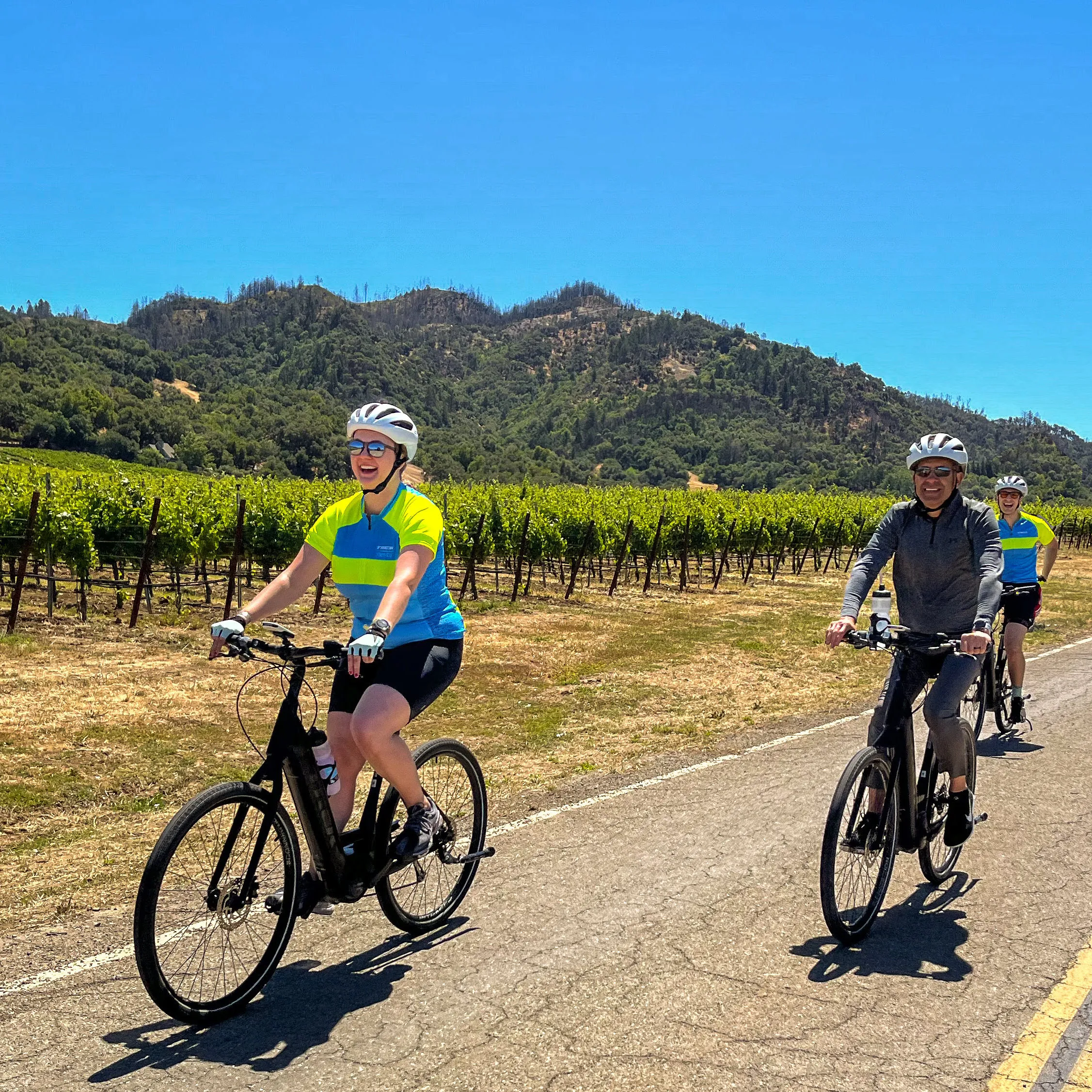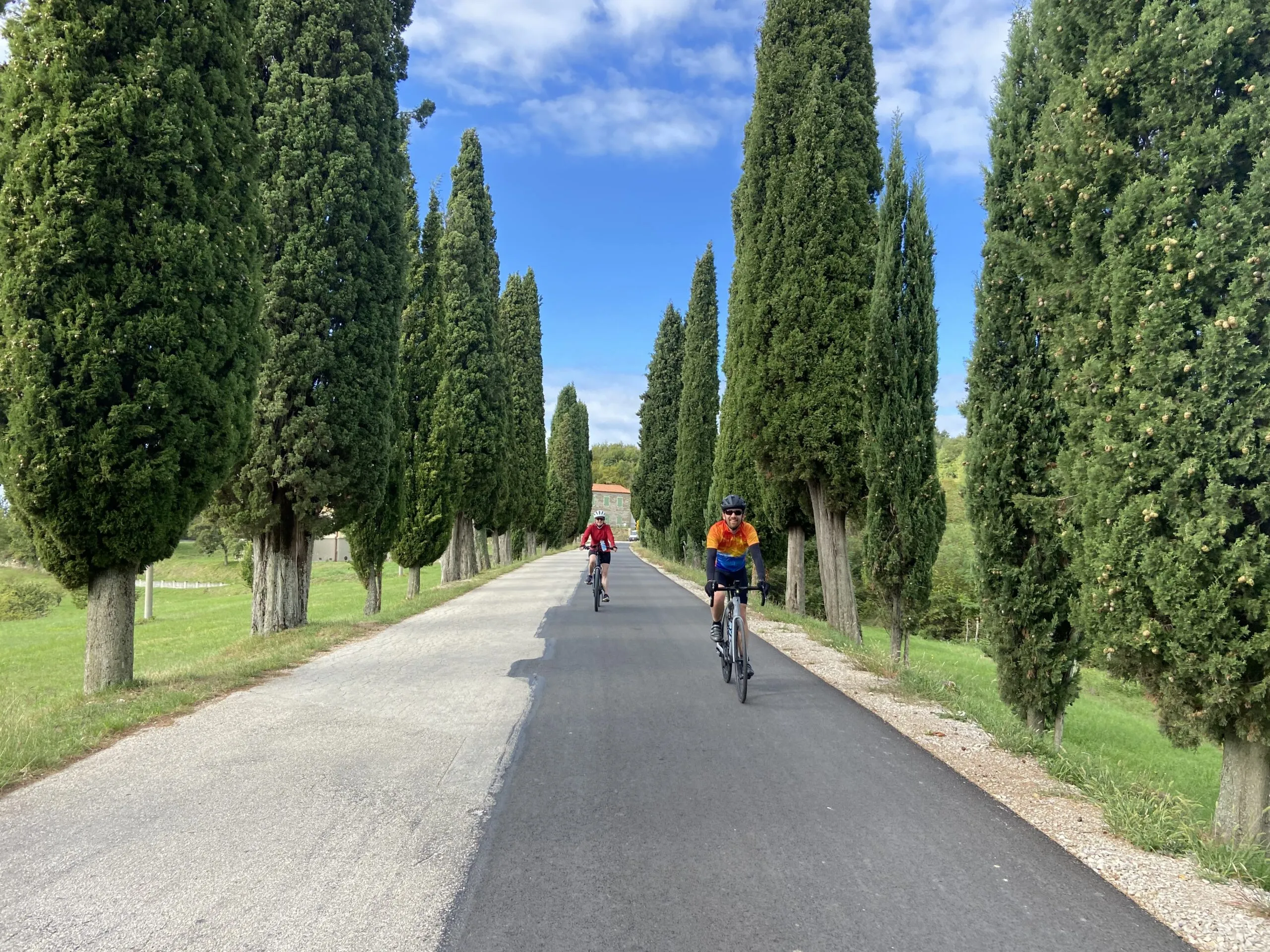
Thanks to Daryl at Loving the Bike for allowing us to repost Kelli’s awesome blog post on here.
Originally posted on lovingthebike.com on March 26, 2012
I was recently asked to give my thoughts on Dr. Lim’s Rice Cakes. Have you heard of them? Dr. Allen Lim is the world-class physiologist who’s worked with many professional cycling teams, the US Cycling Team, and who has recently co-written a cookbook entitled The Feed Zone Cookbook. During his career, he has created many whole-food, homemade “savory” fuel options for his athletes to balance some of the sweet-carbohydrate, processed fuels often used. I’ll admit, I haven’t tried this recipe yet myself, but I didn’t want to hold out on this post going into the cycling season. Until I do, I’ll let you be the judge and taste-testers.
Recipe of the Week: Dr. Allen Lim’s Rice Cakes
(from http://lavamagazine.com/training/recipe-allen-lims-rice-cakes/)
Ingredients:
- 2 cups uncooked calrose or other medium-grain “sticky” rice
- 1½ cups water
- 8 ounces bacon
- 4 eggs
- 2 tablespoons liquid amino acids or low-sodium soy sauce
- brown sugar
- salt and grated parmesan (optional)
Instructions:
- Combine rice and water in a rice cooker.
- While rice is cooking, chop up bacon before frying, then fry in a medium sauté pan. When crispy, drain off fat and soak up excess fat with paper towels.
- Beat the eggs in a small bowl and then scramble on high heat in the sauté pan. Don’t worry about overcooking the eggs as they’ll break up easily when mixed with the rice.
- In a large bowl or in the rice cooker bowl, combine the cooked rice, bacon, and scrambled eggs. Add liquid amino acids or soy sauce and sugar to taste. After mixing, press into an 8- or 9-inch square baking pan to about 1½-inch thickness. Top with more brown sugar, salt to taste, and grated parmesan, if desired.Cut and wrap individual cakes.
Makes about 10 rice cakes.
Nutritional Information Per Serving (1 cake): 225 cal, 8g fat, 321 mg sodium, 30g carbs, 1g fiber, 9 g protein
Comments:
Most Loving the Bike readers know I’m all for whole foods. Especially in Daily Nutrition. When it can be used effectively in Training Nutrition and promote optimal results, I’m all for it there, too. This certainly may be a good, whole-food, homemade option for many cyclists on long rides. To maintain the most nutritious and highest quality ingredients, I would simply remind users to choose cage-free organic eggs, organic bacon without nitrites , and consider organic honey in place of brown sugar since it’s a whole-food that promotes health, contains antioxidants, and has been shown in studies to provide a good source of training energy. As far as nutrient breakdown, the rice cakes look great for on-the-bike fueling.
I also see the high value in a savory food source, as opposed to a sweet one, on long rides. You just get sick of all the sweet-tasting carbs. But, since carbs are a very important source of fuel, you need them and I recommend them. Rice mixed with salty ingredients may be a good answer for the carbohydrate needs of many athletes. And, from what I’ve read, the cyclists he’s worked with love them.
On the flip side, anytime you mix intense cycling with foods, whether they are solid, gel, or liquid, there are always some concerns and issues of which to be aware.
From reading several interviews, I understand that Dr. Lim created this recipe in part to reduce the amount of “gut rot,” or gastrointestinal problems, of cyclists with whom he works. It seems that he believes that one of the biggest contributors to gut rot is the practice of drinking your fuel (carb-containing drinks and gels). This has simply not been my experience as an endurance athlete or as a professional with my own clients. In fact, as long as the drink is being sipped throughout the ride and not chugged all at once, I often find the opposite to be true. From my experience, most clients experience nausea, heartburn, flatulence, and generally GI upset from 1) becoming dehydrated, 2) eating a high fat or high fiber meal before riding, 3) eating too large a meal all at once on-the-bike instead of small amounts throughout the ride (waiting until the half-way point and then sucking down a big lunch), 4) riding at a much higher level than what they’ve trained (such as in an epic ride or race), and 5) individual digestion quirks.
For almost every cyclist out there, there is a different preference on fueling. I have clients that swear by Hammer products, and others that can’t stand the texture or taste. One that even vomits every time she drinks anything from them. I’ve seen athletes eat “whole-foods” throughout long competitions with no problems, and ultra-endurance compete and win with nothing but liquid nutrition. Possibly the most important aspect of on-the-bike nutrition is individual preference and individual digestion. If you don’t like the sound of it, the taste of it, or how it “settles” with you, you won’t do well with it. This only leads to dehydration and bonking no matter how much your partner loves it. Dr. Lim seems to also advise finding the foods and drinks that work well for you individually.
In terms of digestion, cyclists who have sensitive stomachs may experience some problems with solids foods while riding. Solids simply take longer to leave the stomach than liquids and semi-liquids. This can work for you in terms of long-lasting energy. This can work against you in terms of having something churning in your stomach. What’s more, solids require more gastric acid to break down. For those who experience heartburn on the bike, this can be an issue. On the flip side, a cyclist who’s been chugging down liquids (water or sports drink) dilutes the acid, and may further delay the breakdown of the food. Along with the physical “settling” of the food is the cost of it in terms of energy expenditure and blood flow. Digestive tract blood flow is significantly reduced when training at a high level. If it has to be increased to breakdown a high-fat food, it’s usually inefficient and at a cost to another part of your body. I for one have definitely experienced a noticeable decline in leg power after a solid whole-food meal.
Next, for all of those of us who don’t have support handing these out, there’s the issue of carrying them. In your jersey? In your pack? Not sure. The thought of cooked eggs in my sweaty pack on a hot day is not particularly refreshing to me. Then again, the thought of a salty food almost always sounds good after 3 hours of riding.
Another issue is food safety…technically, cooked protein foods like eggs shouldn’t set out for more than a couple of hours to avoid high levels of bacteria that may not have been destroyed during cooking or that may have contaminated the eggs after cooking. We all know people who eat raw eggs, kept at room temperature, without ever getting sick from them. And, I’ve certainly hiked for hours with hard-boiled eggs in a pack. To minimize the risk, make sure to use high-quality eggs that are from cage-free hens. Again, individual preferences, logistics, and risk-analysis…
Lastly, if you like the convenience of commercial sports foods, there are certainly good ones on the shelves. Sure, there are those with junk ingredients including colorings, potentially harmful chemicals, and unnecessary additives, but there are plenty of companies trying to give us good foods that will work well on a bike. Clif bar, Lara bar, and Ignite Naturals are just a few.
With my clients, I typically recommend a “treat” food every 3 hours or so when riding longer than 5 hours (this is in addition to my regular fluids, carbs, and lytes per hour recommendations). I recommend a food that they’ll look forward to, such as a salty savory rice burrito or cheese crackers if individually they do well with a solid whole-food snack. Dr. Lim’s Rice Cakes may be a perfect fit for this 3-hour “treat food.” If you try it out, make sure to keep the portion small as suggested on the recipe and do not “double up” in order to avoid stomach issues and blood flow diversion. Remember…small amounts of drinks and foods throughout the ride. This one may be a keeper for me, or may not, but I’m excited to try. Loads of cyclists are reporting good rides using these on different forums. What do you think?







